Smokey and the Bandit is a film released in 1977, directed by Hal Needham and produced by Rastar Pictures, with Universal Studios handling distribution. Despite the studio’s lack of faith in the film and minimal promotional budget, it turned out to be a sleeper hit, grossing over $126 million in domestic box office receipts and becoming the second highest-grossing movie of the year, following Star Wars.
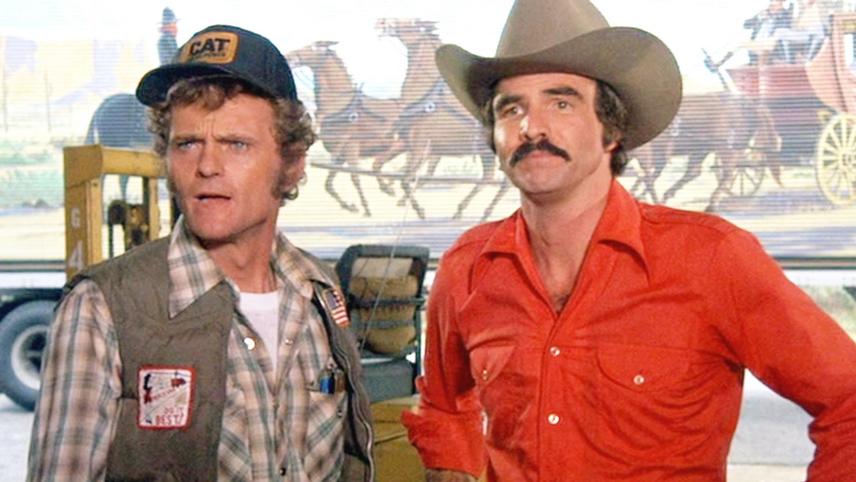
The story revolves around Bo “Bandit” Darville, portrayed by Burt Reynolds, a retired trucker who is offered a proposition by a father-son duo to transport 400 cases of Coors beer from Texarkana to Atlanta within 28 hours. This task is in violation of liquor laws at the time, but the reward is a hefty $80,000. Bandit enlists the help of his trucker friend Cledus “Snowman” Snow, played by Jerry Reed. While Snow drives the big-rig carrying the beer, Bandit acts as a decoy in a fast car to divert the attention of the police.
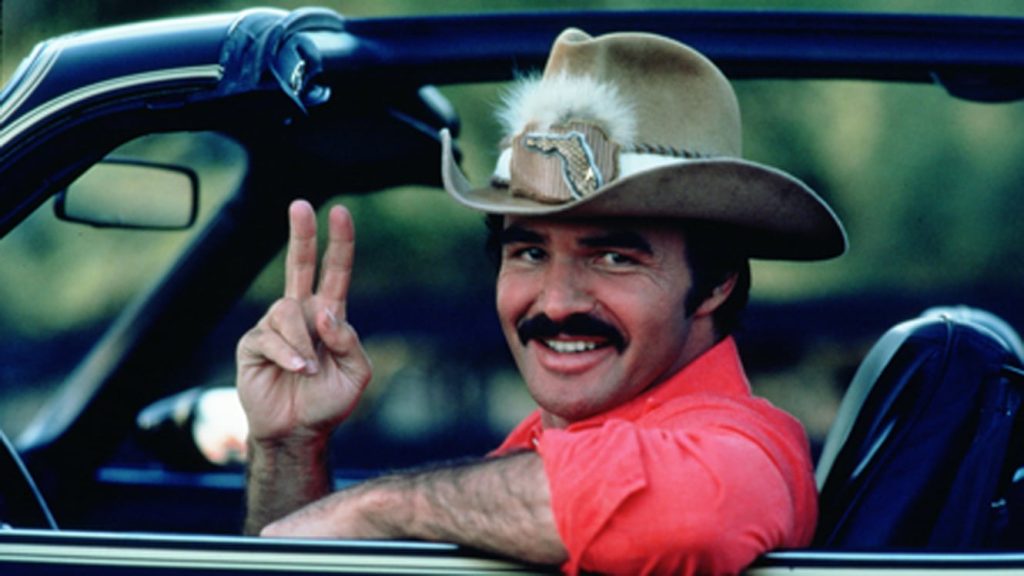
During the high-speed journey to Atlanta, Bandit picks up a hitchhiker named Carrie, played by Sally Field, who has abandoned her groom on their wedding day. The groom happens to be the son of Sheriff Buford T. Justice, portrayed by Jackie Gleason, who becomes determined to chase down Bandit and Carrie and bring her back.
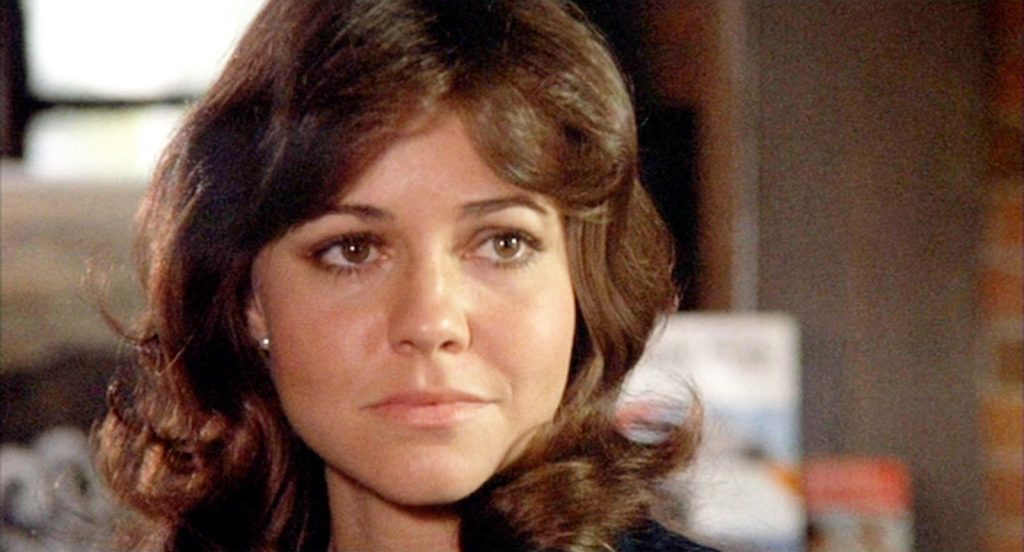
Smokey and the Bandit gained popularity not only for its talented cast, including Burt Reynolds and Sally Field, but also for their palpable chemistry, as they were a real-life couple at the time. The film’s script, though not particularly complex, follows archetype storytelling and focuses on developing the love story between the two leads. The pacing of the film is well-executed, alternating between frenetic chase sequences and more relaxed moments to keep the audience engaged. Given that the director, Hal Needham, was a renowned Hollywood stuntman, the chase sequences, jumps, and car crashes in the film are of top-notch quality.
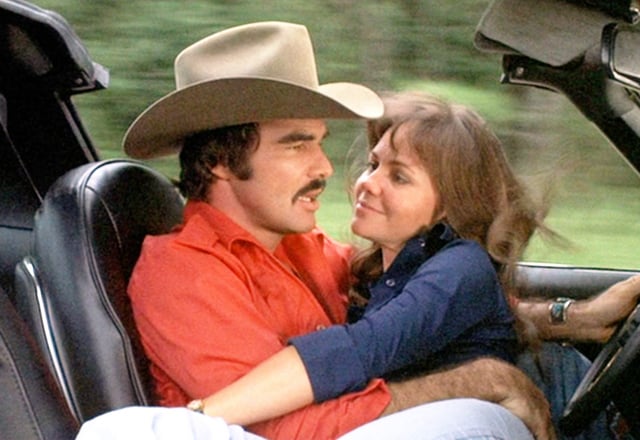
However, the true standout of the movie is the car driven by Bandit, the iconic black and gold 1977 Pontiac Firebird Trans Am. The film aimed to promote the aesthetically modified 1977 model, but due to production delays, GM modified four 1976 Trans Ams with the ’77 bodywork and decals for use in the movie. These cars were equipped with the stock 400ci V8 engine and automatic transmissions, except for the one used in the bridge jump sequence, which had a more powerful Chevy engine and a manual transmission.
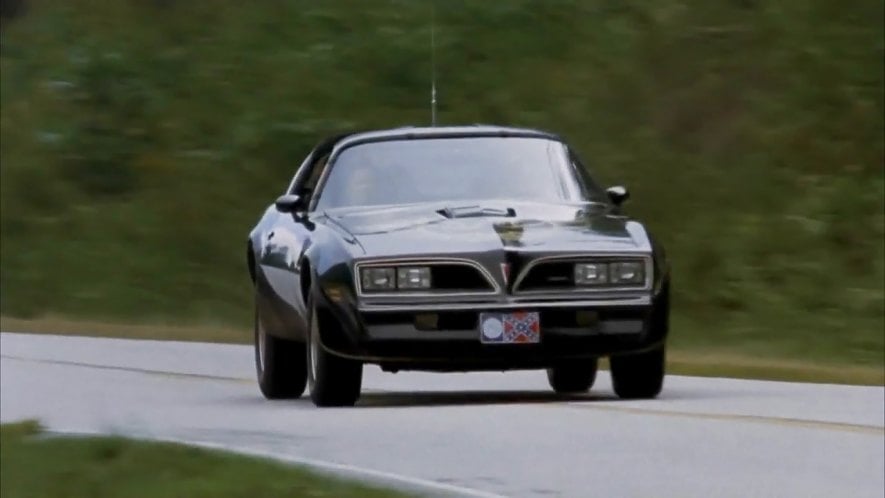
All four cars used in the movie were eventually destroyed during filming. One car was lost during the bridge jump, another crashed onto a football field while attempting to jump a fence, and the remaining two were damaged while driving through ditches and embankments. By the time the final scene was shot, no working vehicle remained, so one of the wrecked cars had to be pushed onto the set.
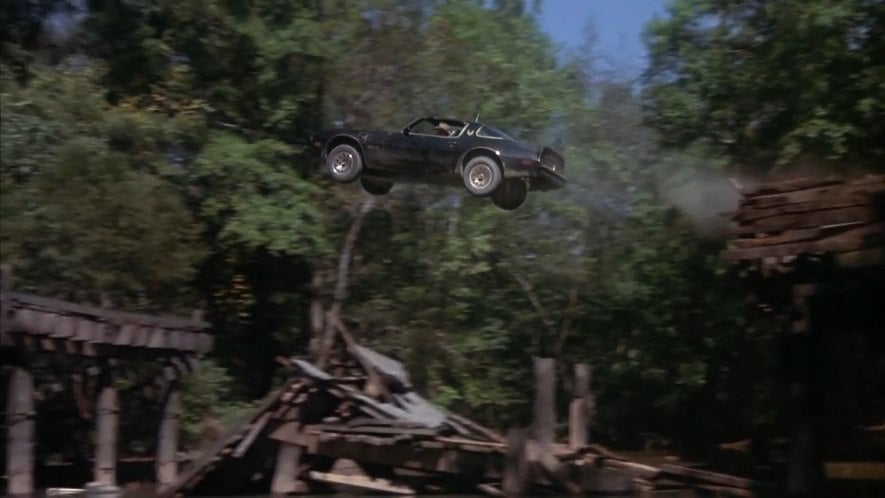
Although Pontiac was initially unhappy with the condition in which the cars were returned, they benefited from the film’s success. Following the movie’s release, Pontiac sold a record-breaking 93,341 Trans Ams.
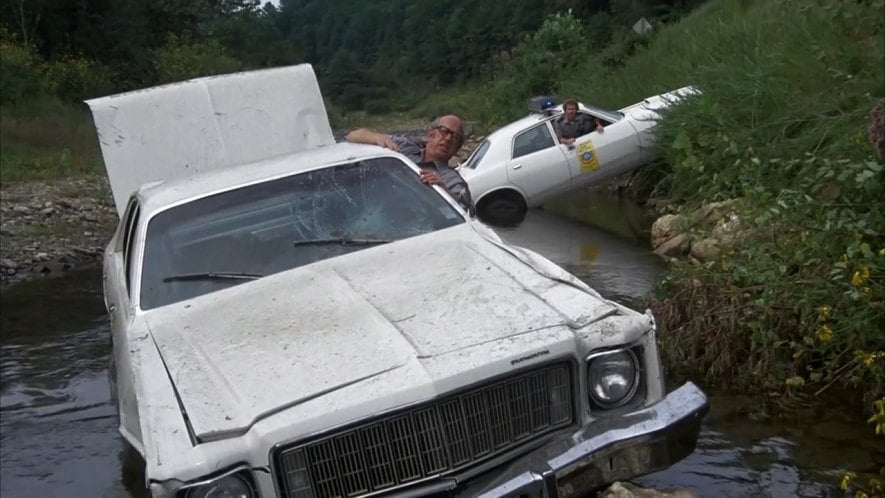
In retrospect, the studio executives’ lack of faith in Smokey and the Bandit was proven wrong. The film’s stellar cast, impressive action sequences, and the iconic presence of the Trans Am contributed to its enduring popularity. Smokey and the Bandit continues to be loved by many, including myself, and I would rate it seven and a half out of ten pistons.
Smokey and the Bandit remains a beloved film that has stood the test of time. Its charm lies in its simplicity, offering audiences an entertaining and thrilling ride. Burt Reynolds delivers a charismatic performance as Bandit, exuding a cool and rebellious demeanor reminiscent of a Western outlaw. His chemistry with Sally Field is evident, adding a layer of romance and adventure to the story.
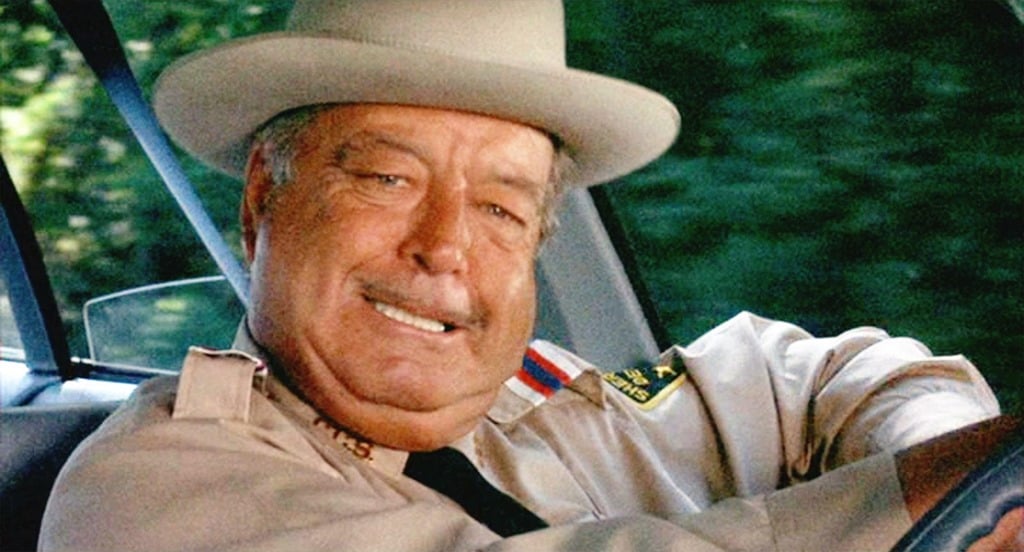
The supporting cast also shines in their respective roles. Jackie Gleason portrays the determined and comically irate Sheriff Buford T. Justice, whose relentless pursuit of Bandit and Carrie adds comedic tension to the film. Jerry Reed brings a laid-back charm to the character of Snowman, balancing out Bandit’s more impulsive nature. The interactions and comedic exchanges between the characters elevate the overall enjoyment of the film.
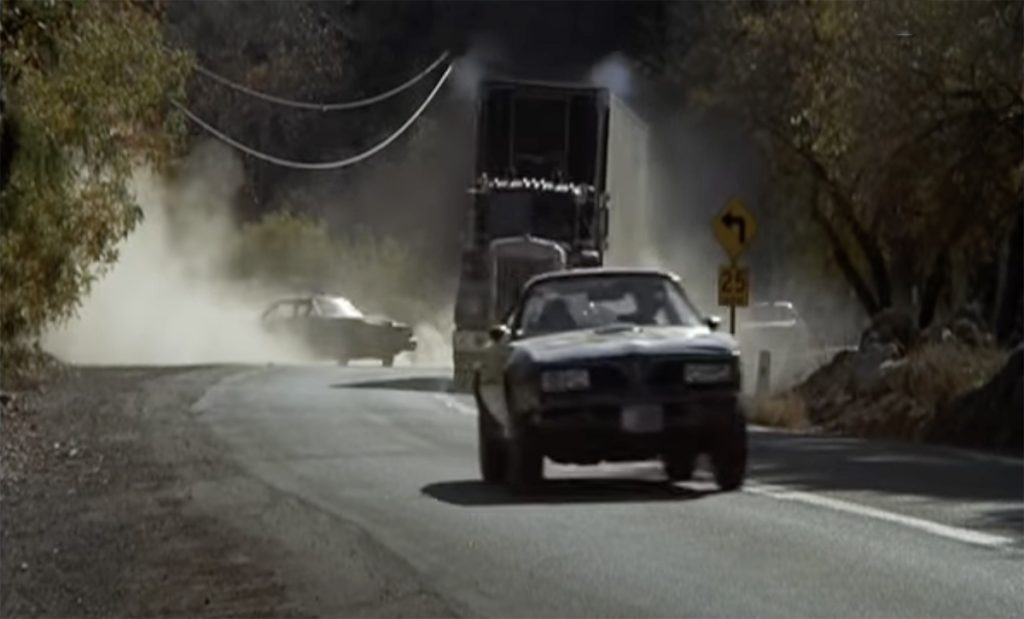
While Smokey and the Bandit may not be known for its deep and intricate plot, it succeeds in capturing the spirit of a classic road trip adventure. The film takes viewers on a wild and fast-paced journey across four states, with Bandit and his Trans Am outwitting and evading the police at every turn. The chase sequences are exhilarating, showcasing Hal Needham’s expertise as a stuntman-turned-director. The jumps, car crashes, and high-speed pursuits are masterfully executed, leaving audiences on the edge of their seats.
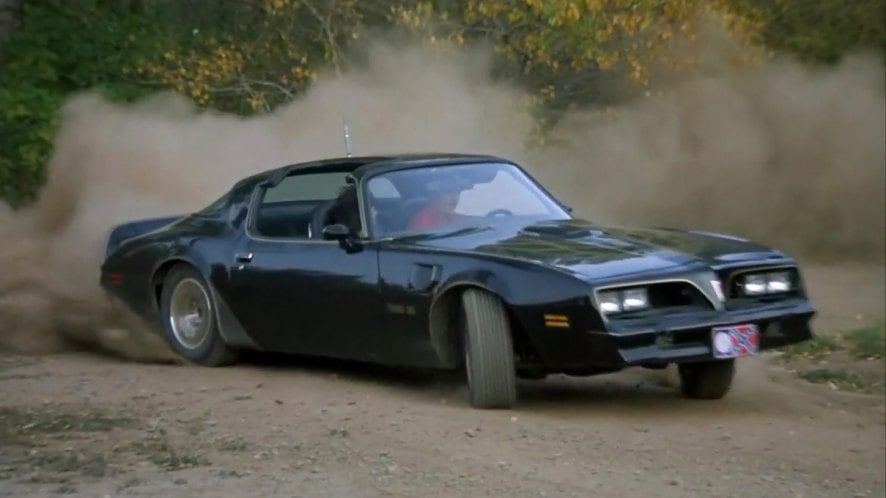
Of course, the true star of the film is the iconic 1977 Pontiac Trans Am, lovingly referred to as the “Screaming Chicken.” Its black and gold exterior, adorned with the instantly recognizable firebird decal, has become synonymous with the film itself. The Trans Am perfectly captures the spirit of the Bandit character — fast, stylish, and rebellious. Its presence on screen is unforgettable and has become a symbol of automotive pop culture.

Smokey and the Bandit’s impact goes beyond its box office success. The film has left an indelible mark on popular culture, spawning sequels, influencing car enthusiasts, and becoming a cultural touchstone. It epitomizes the spirit of the 1970s, a time when car chases and adventure-filled road trips captured the imagination of moviegoers.
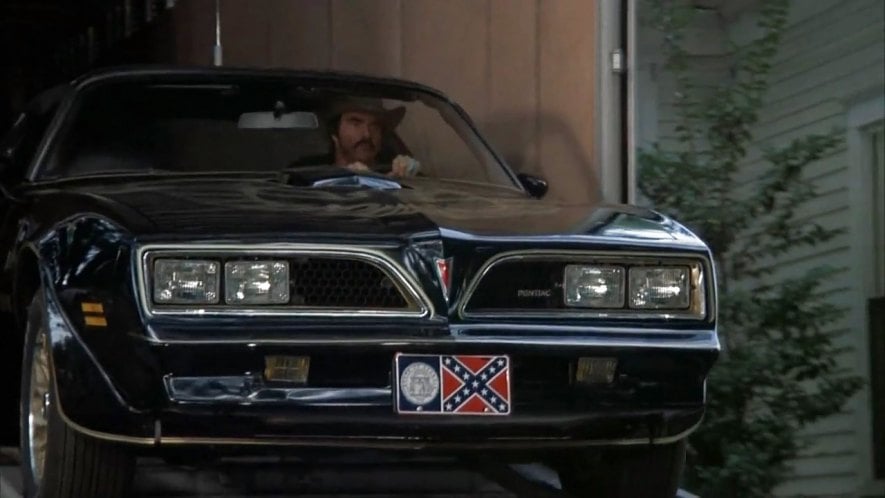
Even today, Smokey and the Bandit continues to entertain and resonate with audiences. Its timeless appeal lies in its ability to transport viewers to a simpler time, filled with thrilling escapades, charismatic characters, and a love for the open road. It remains a testament to the enduring power of a well-crafted action-comedy and stands as a classic in the pantheon of car movies.
In conclusion, Smokey and the Bandit is a cinematic gem that has rightfully earned its place in movie history. With its memorable performances, exciting chase sequences, and the unforgettable presence of the black and gold Trans Am, the film captures the hearts of audiences and leaves a lasting impression. It’s a ride worth taking, and its popularity only solidifies its status as a legendary piece of cinema.